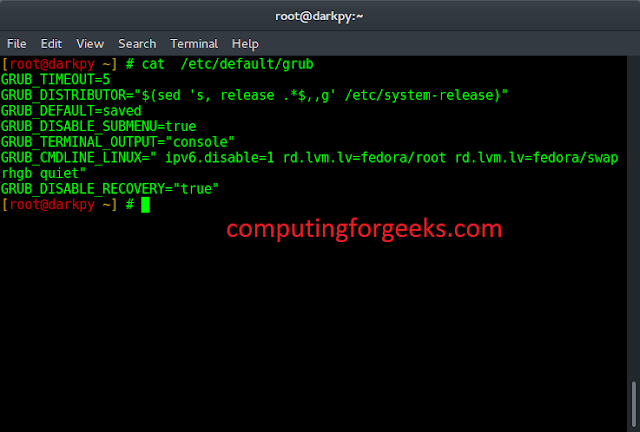JSON Schema is a content specification language used for validating the structure of a JSON data.It helps you specify the objects and what values are valid inside the object’s properties. JSON schema is useful in offering clear, human-readable, and machine-readable documentation.
Structure of a JSON Schema: Since JSON format contains an object, array, and name-value pair elements. Name-value pairs are used for providing schema processing elements as well as validating the JSON content. Schema processing elements include(not limited to).
- $schema” To specify the version of JSON schema.
- title and description: To provide information about the schema.
- required: It’s an array of elements that indicates which elements should be present.
- additionalProperties: To indicate whether existence of specified elements are allowed or not.
JSON content definition:
- When a JSON object is defined, JSON schema uses name-value pair “type”:”object”
- When arrays are defined, JSON schema uses the name-value pair “type”:”array”
Example:
{
"$id": "https://example.com/person.schema.json",
"$schema": "http://json-schema.org/draft-07/schema#",
"title": "Voters information",
"type": "object",
"properties": {
"firstName": {
"type": "string",
"description": "The person's first name."
},
"lastName": {
"type": "string",
"description": "The person's last name."
},
"age": {
"description": "Age in years which must be equal to or
greater than eighteen in order to vote.",
"type": "integer",
"minimum": 18
}
}
}
Output:
{
"firstName": "Indra",
"lastName": "Sen",
"age": 20
}
The above JSON schema contains the following:
- $id keyword
- $schema keyword
- title annotation keyword
- properties validation keyword
- Three keys: firstName, lastName and age each with their own description keyword.
- type instance data model (see above)
- minimum validation keyword on the age key.




